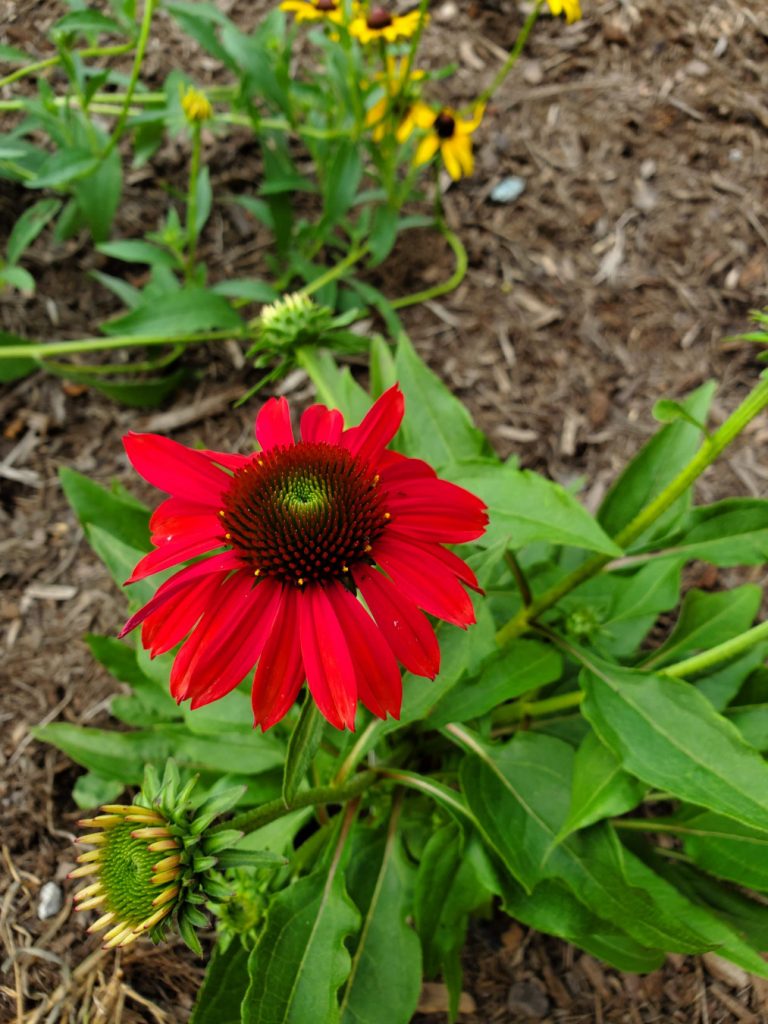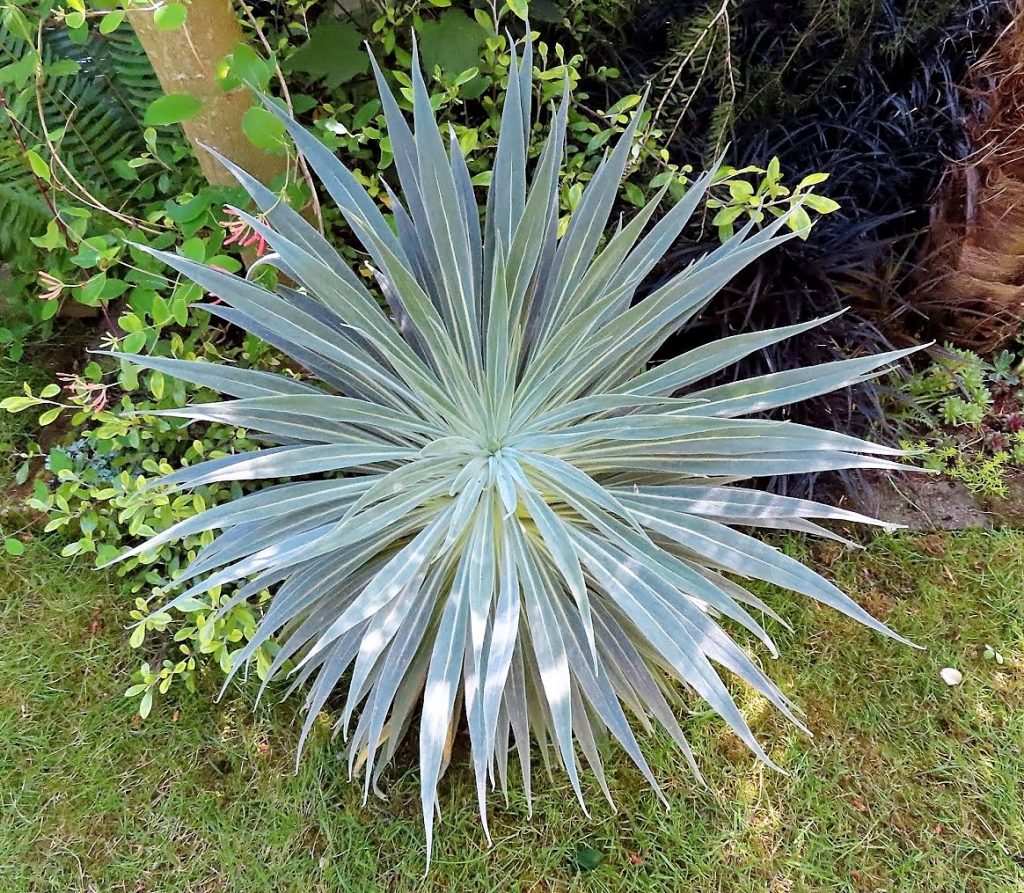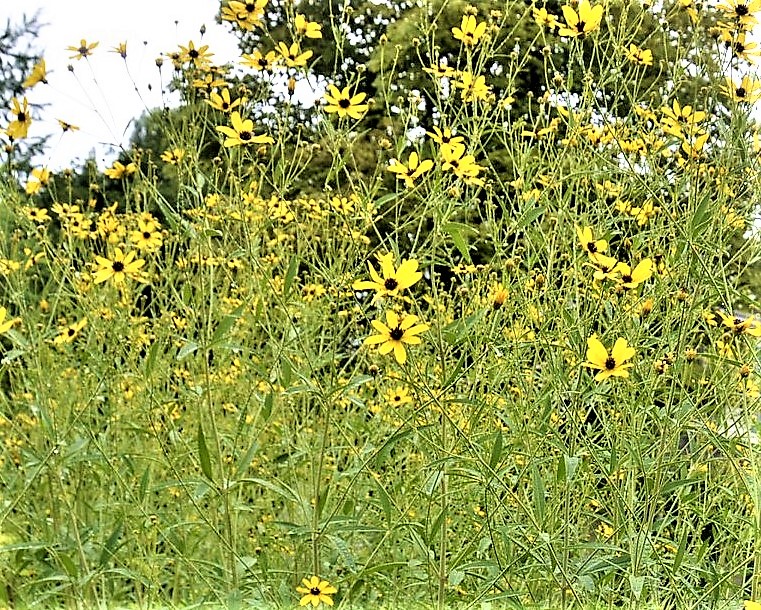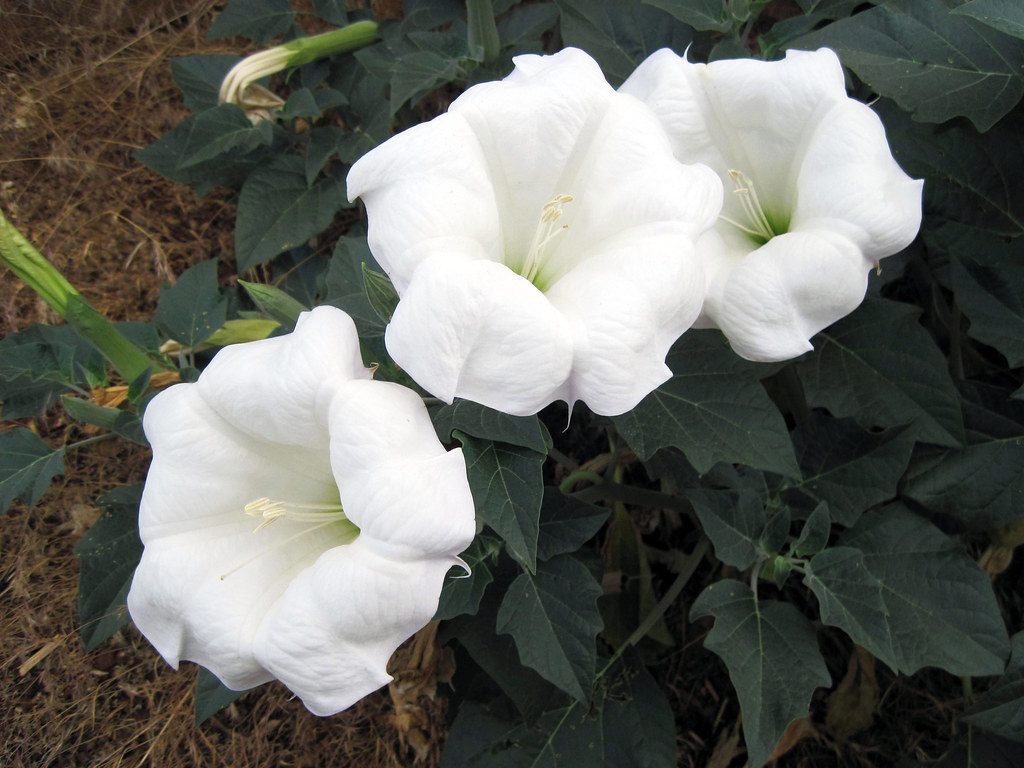
This is the month when gardeners enjoy adding to their collection of plants. So, I’ve called on knowledgeable colleagues from different parts of the country, to find out what they can’t live without. When I asked them to name two, one person replied, “That’s like picking a favorite child!” With a lot of culling and mulling, here are their outstanding suggestions.
Anelle Ammons is a self-described plant geek, as well as a horticulturist, and utility arborist. She gardens in Statesville, North Carolina and appreciates coneflowers, Echinacea purpurea, a valued North American native. But the one she likes best is the hybrid E. Sombrero Baja Burgundy. It features season-long daisy-like flowers. “The butterflies and bees love it.,” Anelle says. “And the amazing red blooms are hard to beat in the garden.”
For a large six-foot shrub, Anelle suggests oakleaf hydrangea (Hydrangea quercifolia), a native to the southeastern United States. “It boasts beautiful cones of white flowers in early summer,” she says, “and it’s a favorite of many pollinators. Then in fall, it lights up with vibrant red color.”

Portland, Oregon gardener Loree Bohl is the author of Fearless Gardening: Be Bold, Break the Rules, and Grow What You Love, as well as her popular blog, danger garden. “I’m a firm believer there is always room for one more plant,” she says, And she likes pushing the Zones with her first suggestion, biennial Echium wildpretii. It’s listed as Zone 9-10 and it can overwinter in a greenhouse in the rest of the country. But Loree, with her Zone 8 garden, likes to gamble outdoors because the eight-inch-long silvery leaves make a dramatic three-foot wide rosette the first year. She hopes a mild winter will bring out the single six-foot tall stalk of coral red flowers the second year. “And if not?” she says, “I plant another!”
For more hardiness, Loree favors Agave ovatifolia ‘Frosty Blue’ which will tolerate temperatures down to 5 degrees, as well as tolerate more moisture than most agaves. “It looks great no matter the season,” Loree notes. “Its spiky form and blue coloring provide non-stop drama.”

Kirk Brown gardens in Pennsylvania’s Zone 5. He’s a multi-talented and award-winning designer. Among his many other pursuits, he gives lively presentations as horticulturists from history, such as John Bartram and Frederick Law Olmstead. Kirk treasures tall coreopsis (Coreopsis tripteris), a North American native, that reaches seven to nine feet in a single season and blooms from June to hard frost. He says, “I continue to ask why such amazing plants are unknown to the retail trade.” However, you can find this back-of-the-sunny-border beauty in native plant nurseries and perennial catalogs.
His second choice is ‘Burgundy Spice’ sweetshrub (Calycanthus floridus var. purpureus ‘Burgundy Spice’). “This has become my ‘must-have’ garden ornament,” Kirk says. “The deep burgundy foliage is burnished with a wax-like sheen.” It tops out at eight feet, is deer resistant, tolerates poor soil, attracts pollinators, and in fall, the leaves turn yellow and orange. It was difficult to locate, but is now coming to market from independent growers and national catalogs.

Online course host and award-winning garden writer Jacqueline Soule lives in Tucson, Arizona. Many of the plants featured in her fifteen books have been test grown in her own yard. Her first choice is sweet marigold (Tagetes lucida). It’s a short-lived two-foot perennial, easy to grow from seed, and native to Mexico and Guatemala. “It can be used as a substitute for tarragon in cooking,” Jacqueline says. “A very tasty, flowering, butterfly-attracting substitute!”
For her last one, Jacqueline says, “Southwestern summer days are searing, so I love my ‘Moon Garden’—it’s full of plants that bloom after the sun goes down.” One of the best is Datura. “It has a number of species, all of which are lovely and sweetly fragrant at night.”


